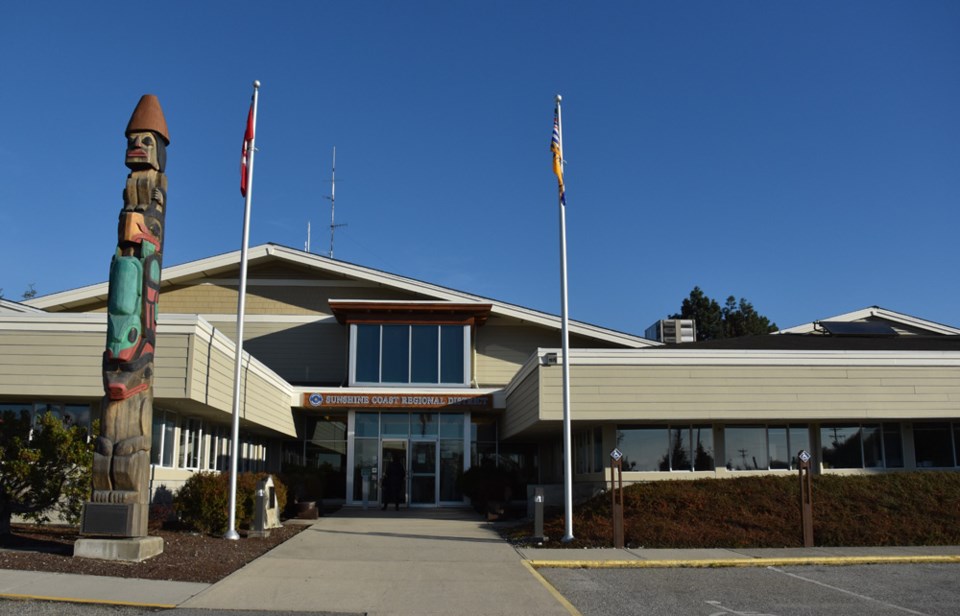A more specific picture of how Sunshine Coast Regional District (SCRD) bylaws could be tweaked to include water conservation measures was presented at last week’s infrastructure committee meeting.
In the summer, directors had plunged into a discussion about whether they had the authority to limit development due to the ongoing water shortage, and Thursday’s staff report was the latest to refine which regulatory tools and conservation measures were at the board’s disposal, including and beyond development.
The Water Rates and Regulations Bylaw, Subdivision Servicing Standards Bylaw and the Development Cost Charges Bylaw were identified as having the potential to be tweaked for water conservation purposes.
Measures outlined in the report ranged from regulating what kinds of plants and watering methods could be used in landscaping, to refusing water service connections, increasing densification and introducing a “volumetric rate structure” – paying a metered rate for water.
The water rate structure for the Pender Harbour water systems is expected to be reviewed in 2021, and a year later for the entire regional water system – though the timing depends on when the asset management plan for the system is complete, and water meters installations would have to be completed.
Area A director Leonard Lee said volumetric pricing was “quite controversial” in his area, and asked whether residents would be consulted if the SCRD transitioned to that pricing scheme.
“Do we ask the residents what they want or do we just tell them what’s good for them?” he asked.
Water projects coordinator Raph Shay responded, “There is definitely going to be an engagement of the community” and said consultation would be required to ensure that “the rate structure reflects community values.”
In terms of regulatory and bylaw changes affecting development, Area E director Donna McMahon urged her fellow directors to keep it simple so as not to “substantially increase red tape for people who are trying to build.”
She also advised the board to “as much as possible” align its approach with the District of Sechelt and Town of Gibsons. “It makes life easier for everybody,” she said.
Infrastructure manager Remko Rosenboom confirmed that certain bylaws “for sure will be collaborated on with other local governments.”
McMahon also raised the issue of bylaw enforcement. “There’s not a lot of worth in creating a bylaw unless we’re actually intending to enforce them. That will be a theme that I come back to later.”
Following the discussion, directors voted on a series of staff recommendations to look at building provisions into the three bylaws.
Reviews of those bylaws are expected within the next two years.
Later in the meeting, Gibsons director Bill Beamish asked for an update on the bulk water agreement between the Town and the SCRD. The Town, which currently pays to use water from the SCRD system, is planning to supply its residents with water from the Gibsons Aquifer, exclusively, requiring a review of the agreement.
“We’ve identified this a number of times in terms of a priority, and I see it’s delayed again due to other priorities, and I’m wondering where we actually rank on the list and when this might actually be addressed. We are working on our end to uncouple, but we still need to have an agreement in place prior to any uncoupling,” said Beamish.
Rosenboom said he has met with the Town of Gibsons director of engineering over the summer and “outlined a process to move forward.”
“We’ll make sure it’s completed in time,” he said.



